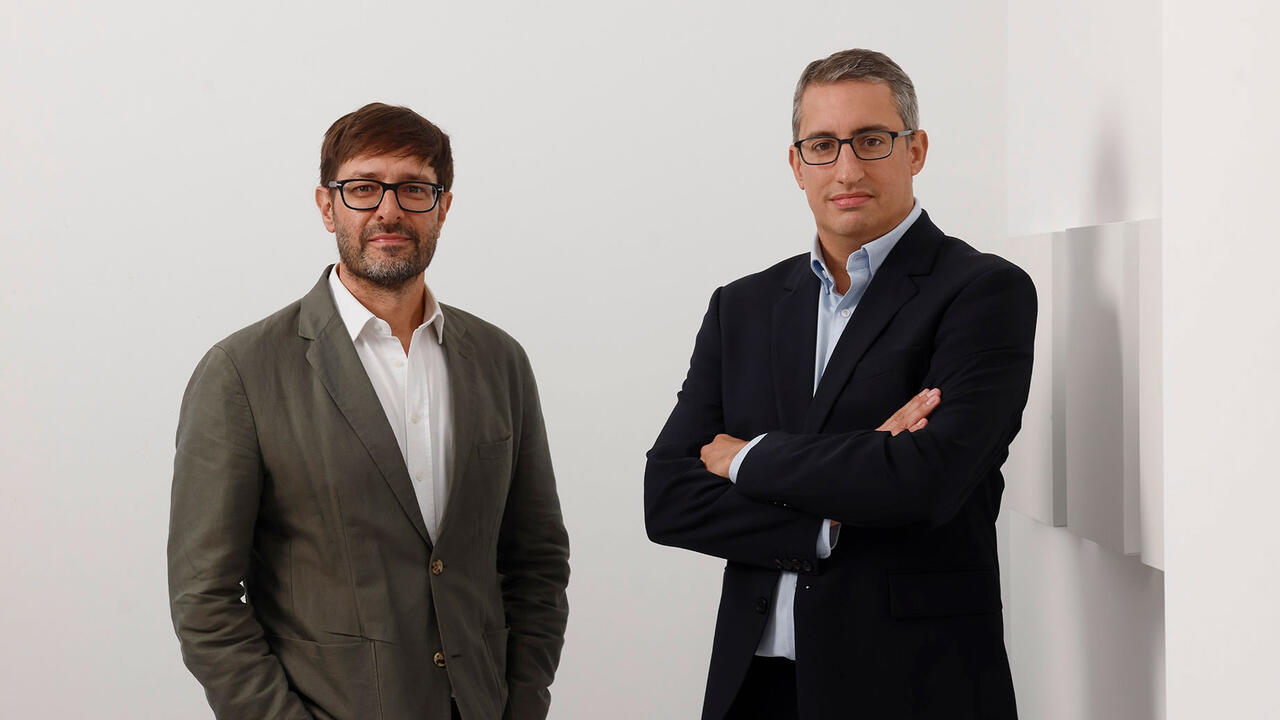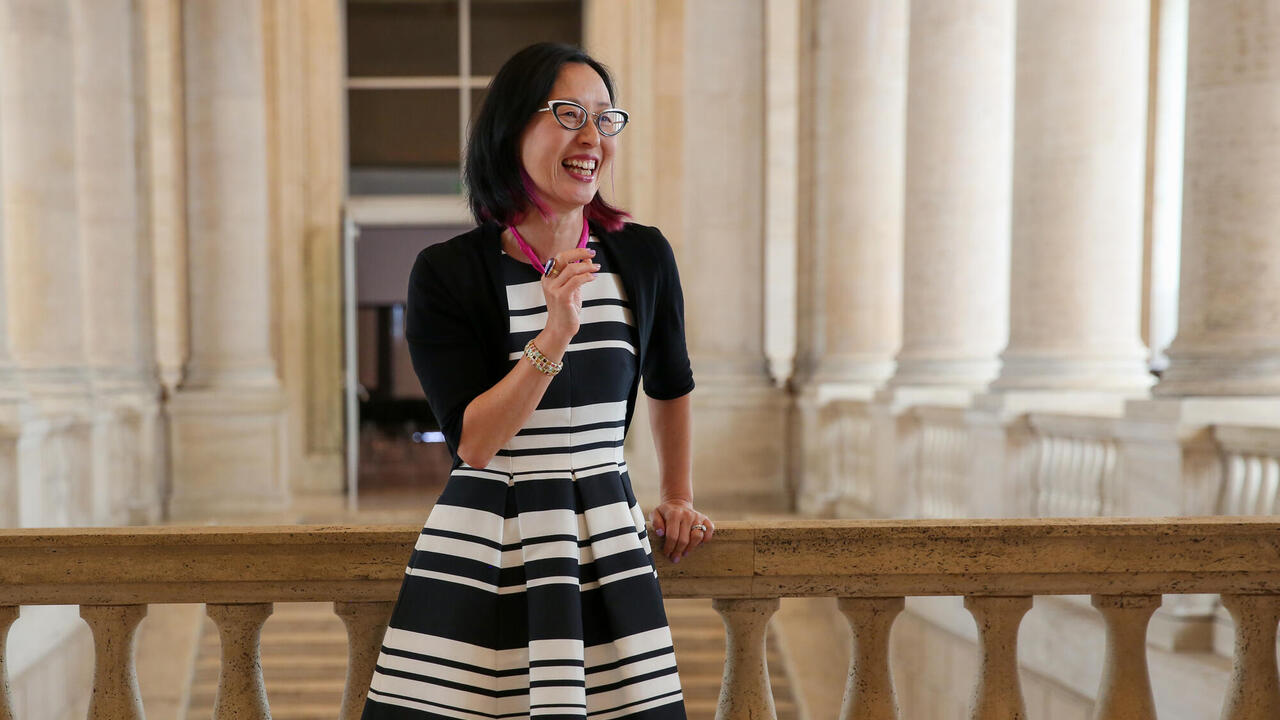In Profile: Daniel Castro Garcia
The winner of the British Journal of Photography International Photography Award 2017 talks about the ethics of documenting the migration crisis
The winner of the British Journal of Photography International Photography Award 2017 talks about the ethics of documenting the migration crisis

‘The key was to subvert what a migrant or refugee looks like,’ photographer Daniel Castro Garcia tells me. ‘It’s a ridiculous question … they look like anyone.’ Since founding the John Radcliffe Studio – a film, photography and graphic design practice in 2015 with creative partner Thomas Saxby and producer Jade Morris – Garcia has attempted to supplant the shock imagery of the ‘migrant crisis’, reversing the European perspective and focusing on the dignity and humanity of those making these astounding journeys.
The result is Foreigner: Migration into Europe 2015–2016, a publication that won the British Journal of Photography International Photography Award 2017, was exhibited at TJ Boulting gallery in London earlier this year, and will soon be shown as part of the photography festival ‘Cortona On The Move 2017’, held in the Tuscan town from July until October.
We spoke the day after he arrived in Piazza Armerina, Sicily, where he’ll be spending the next few months working at a centre for unaccompanied migrant minors.

Jacob Charles Wilson What do you see as the dangers for photographers and artists attempting to cover humanitarian issues such as the migrant crisis?
Daniel Castro Garcia I think there’s an issue with glamourizing the subject. One of the keys to this whole project was that the general public should not be underestimated. They shouldn’t have their intelligence insulted with the type of information and the type of image that’s fed to them.
A few times in the past I've commented on how some media outlets demonize refugees and migrants, while others tend to sanctify them. I don't want to do either. I would hope that there isn't any sentiment of pity in the work that I'm trying to produce. I'm doing it to try and stimulate the type of visual landscape that exists for this subject. It's not trying to be clever, it's not trying to be overly complex and conceptual, it's actually very simple: it's one to one, person to person.

JCW How do you approach the people you end up photographing?
DCG Up until now it's always been take a deep breath, go up to a person and start talking. Eventually I explain that I'm a photographer and what I'm trying to do with the photos. By that point people will either be interested in having their picture taken or not, and if it's a no then that doesn't faze me at all. With the exception of the Lesbos chapter, I've asked for permission for every single photograph.
I guess it's a great question for what I'm about to start. I'll be working with groups of kids in a community that's completely new to me. I know a bit about certain African nations but I don't know all their history in depth. I guess I'll have to learn about that and find things in common with people. Because I'll be here for two or three months I don't have that nervous energy in my body that's saying, ‘Oh my God, I only have one or two days to come out of here with some photos’.
JCW It sounds like this slowness suits your way of working. And it's almost as if the images are incidental to your work with the subjects.
DCG I'd be lying if I said that I'm not interested in the composition of the photograph, but I'm more concerned about understanding the situation and, with time, you'll get a better picture. If I were to turn up with my camera, and say: ‘sit here, look over here, snap, don't know your name, don't know anything about you’, I think that image would look very different in three month’s time when I know the person and when there's something for us to share together.
JCW In some cases you follow up your subjects months later.
DCG A bit of it has to do with luck. Firstly, meeting people who you get on with, secondly the other person's willingness to be part of the process. In the case of someone like Madia Souare, I was fortunate to meet a tremendously sensitive and highly intelligent guy who in Libya had witnessed the brutal murder of his best friend, right in front of his eyes. I don't know anyone else who's gone through something like that, and this is an individual who's become my friend. As our relationship has progressed he’s explained that talking about that particular incident, and the role that photography played, was helpful for him. Forget about the image, I'm more interested in how it's helped him to process something so terrible.

JCW You’ve also taken more stylized even surreal images, the kind that you don't expect of humanitarian crises. Do the ideas for these come from yourself or the people you're photographing?
DCG It would be disingenuous to say that an element of that didn't come from me, because it did. Not every image of every refugee has to show them covered in mud, in the cold, with a crying kid – it can be something else. I've always respected the bravery that people have had to find in themselves to even attempt the journeys they've taken.
The more surreal images came across more as the relationships developed: Aly in the robe, that's an image that myself, Tom Saxby, and Aly really discussed and developed together through discussing key aspects of his life: the notion of missing home, what the definition of beauty was for him, places that were important to him in Sicily that helped him relax and helped him feel free. Tom and I may have asked the questions but the picture relies on Aly's answers and his decision to partake in making an image like this.
JCW Have you ever been in a situation where you felt you couldn’t, or shouldn’t, capture an image?
DCG There are images that I regret taking; for example the black and white images in the chapter on Lesbos in Foreigner. Those I personally feel uncomfortable with. I was working so fast and I was influenced by the other photojournalists in that environment. I think those images are ones that contribute a little bit to the problem. I think they reduce the story to very raw emotion … I'm open about my own hypocrisy: I'm a hypocrite, because I’ve produced those photos and I can only put that down to inexperience. I would defend them because I think they contain valuable information but I don't know if I would do that again.

JCW In a few hours you’ll visit the child refugee centre where for the next few months you’ll be working on a new project, do you have any expectations of what you're going to find?
DCG If there's one thing I've learnt from my work up to now it’s not to have expectations, because you'll find that they're never really met. I want to focus on really simple traditional portraiture. It's a hard question for me to answer because it's really too early to say what I'm hoping to achieve. I hope the process of working with the kids through photography might enable them to have a sort of outlet to find some kind of joy and creativity, which I think is a really nice thing to share.
JCW I wanted to touch on this idea of using photography as a tool to give hope for the future, rather than focusing on their traumatic pasts.
DCG I don't think that would be very valuable for them. I'm hoping that we can create images they are proud of, and they can see themselves as strong individuals who have survived hardship, but I don't want that hardship to be what defines this project. I want their energy and aspiration to be what motivates this work, and finding ways to explore their determination and hopes for the future.

JCW In terms of the future, without major political intervention there’s potentially no end to this crisis. Do you see an end to this body of work?
DCG I don't see myself finishing working on this subject any time soon. I want to carry on with it and I think it's a situation that's only going to increase with global warming, which is going to result in big migratory movements of people – not just to Europe but in the Americas and Asia too. Everywhere is affected. I want to carry on learning about and exploring this subject, and contribute a valuable body of work on it one day, one that can speak to people from different cultures and backgrounds. Ultimately one in which people are well represented, and they have a chance to present themselves how they wish to be seen – not just for me or anyone else to take advantage of the images for personal or financial gain. It's got to be done for the right reasons.
Main image: Daniel Castro Garcia, Madia, Catania, Sicily, Italy, November 2015. Courtesy: the artist





















